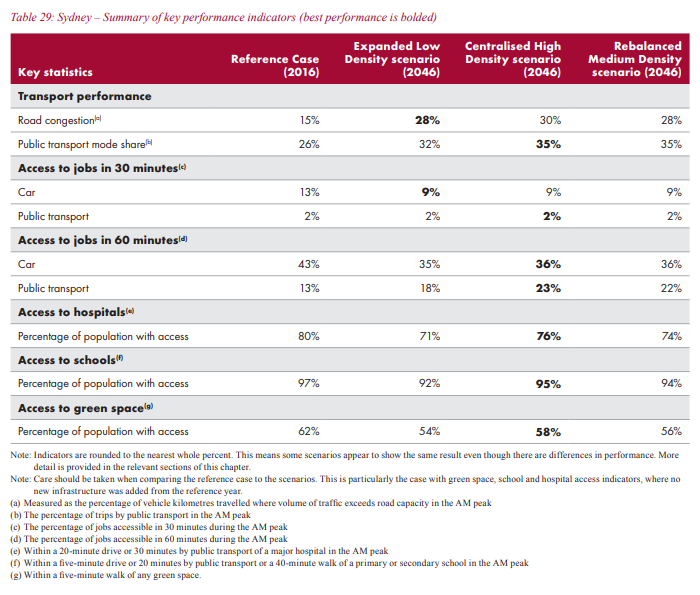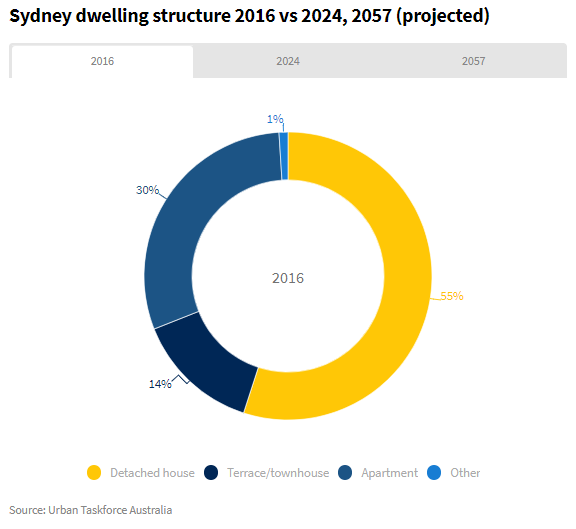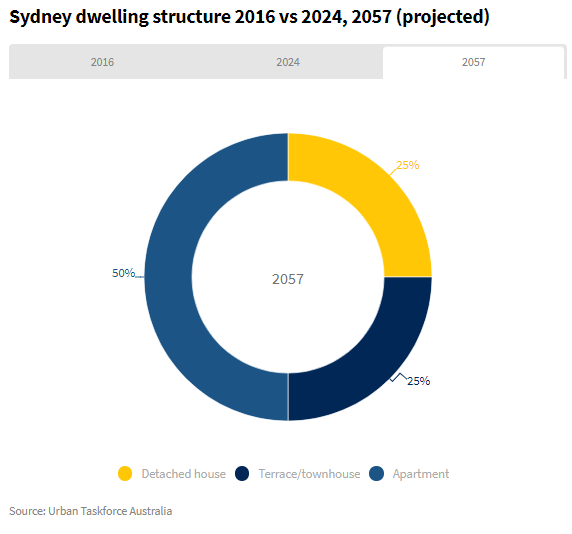NSW Premier Gladys Berejiklian has joined her Treasurer Dominic Perrottet’s march to the guillotine ignoring voters concerns about excessive immigration fuelled population growth into Sydney. Appearing on Sky News on Sunday, Ms Berejiklian stated that the immigration and population “numbers now are about right” and claimed that immigration and infrastructure “are not linked… to the extent people perceive them to be”.
Viewer’s tore Ms Berejiklian apart in the comments section, lambasting her for being so out of touch with voters’ concerns. The sentiments were similar to those displayed last week by 2GB listeners, who likewise tore Queen Lucy Turnbull apart for claiming that Sydney is “far from full”.
Meanwhile, the picture at the coal face paints a very different picture to the one displayed by the NSW Government and Queen Lucy’s Greater Sydney Commission (GSC), with Parramatta Council joining the conga-line revolting against being stuffed full with people:
Epping has “reached crunch point” where even the simple task of residents driving out of their streets to get to the shops has become a daily struggle.
Since the state government flagged Epping as a priority precinct in 2012, the population and number of homes built in the suburb have far exceeded original forecasts.
Long-term resident Leona Mulcahy, who lives in a heritage-listed house in North Epping, said the development had turned a five-minute trip to the local supermarket into a 20-minute nightmare…
The Department of Planning and Environment initially predicted an extra 3000 homes would be built by 2026.
According to Parramatta Council, Epping is already on track to see an extra 5550 homes built and another 12,770 people moving to the neighbourhood by 2023.
The leafy suburb has seen one of the biggest transformations in Sydney thanks to rapid high-rise development, and shows no signs of abating.
… a major traffic study commissioned by council showed the suburb was bursting at the seams…
“Epping is getting a lot of population but we don’t actually have the facilities for the people living there,” said Cr Davis.
If Parramatta Council thinks it’s bad now, just wait. It’s going to get a whole lot worse as Sydney’s population soars ahead thanks mainly to mass immigration, which will account for nearly three quarters of the projected population increase over the next 20 years, according to the NSW Government’s own projections:
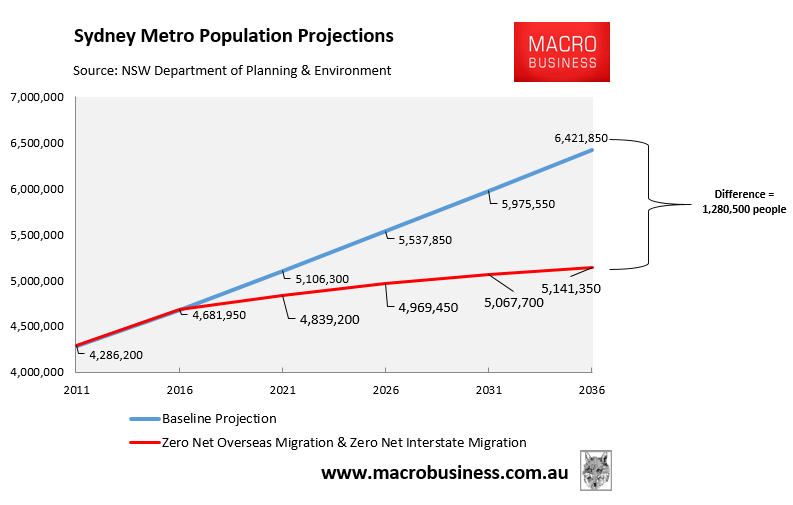
With Parramatta projected to experience a doubling of its population in the 25 years to 2036:
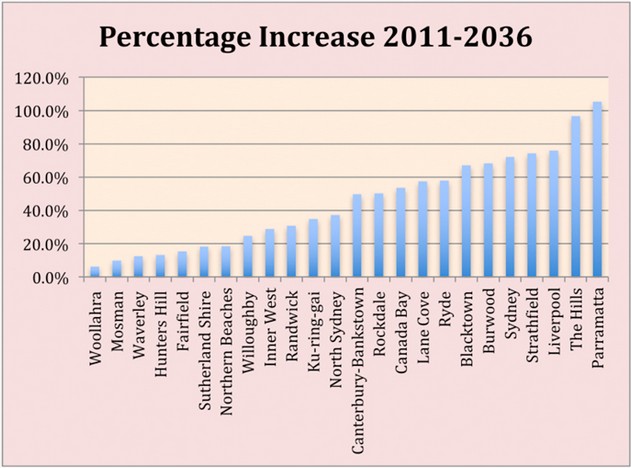
Already we are witnessing the results of this madness, with Sydney’s traffic congesting increasing inexorably over the past decade:
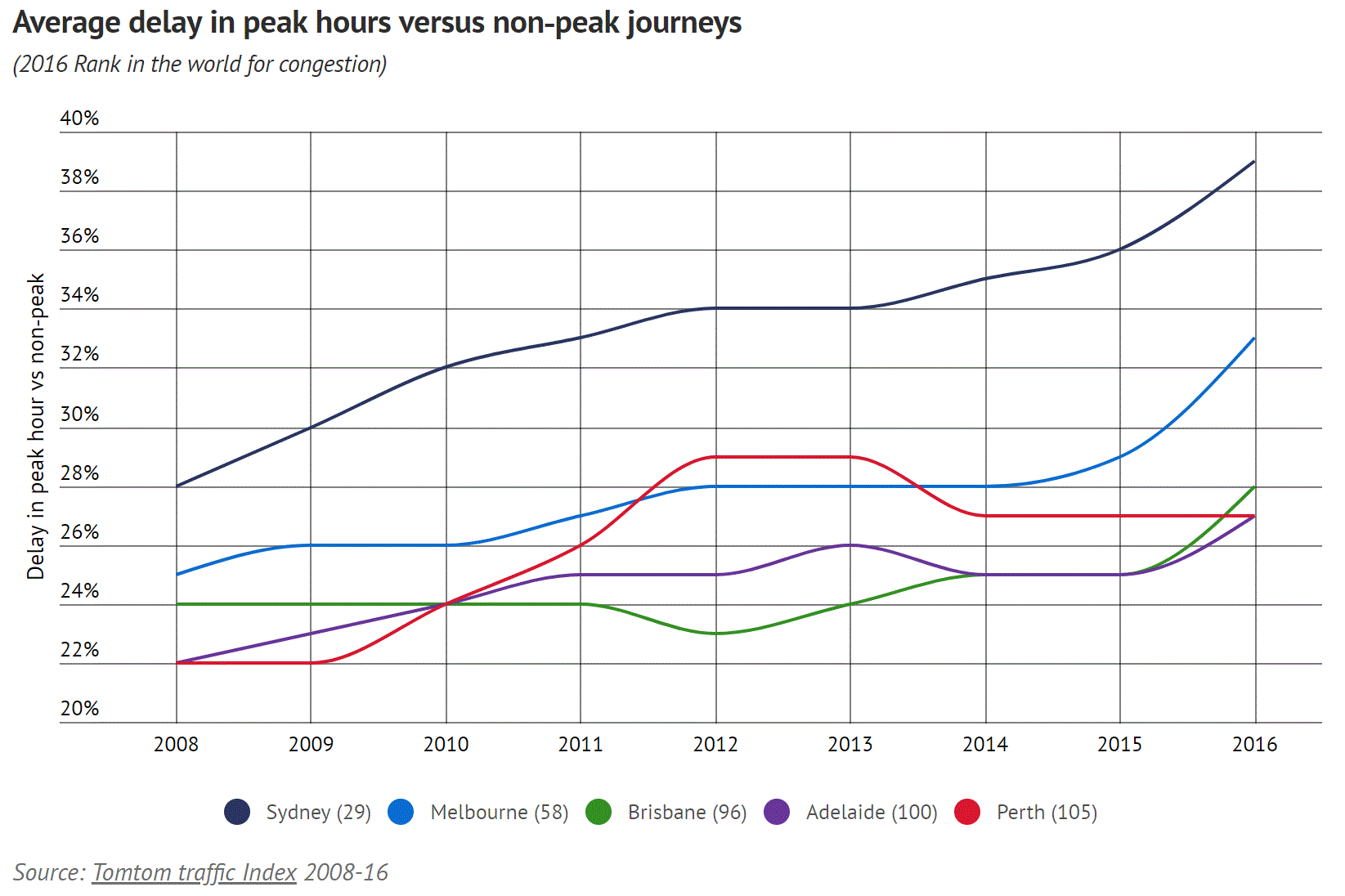
Whereas Infrastructure Australia projects that under every build-out scenario for Sydney, traffic congestion will deteriorate further, as will access to jobs, schools, hospitals and green space:
And the Urban Taskforce projects that access to a detached house with a backyard will evaporate even further as Sydney morphs into a high-rise ‘battery chook’ city:
As I noted yesterday, the massive backlash to Sydney’s growth has occurred from the city’s population increasing by 950,000 people over the past 13 years. And yet the city is somehow expected to accommodate another 2.3 million people in just 28 years, according to Infrastructure Australia.
The quality of life that Sydneysiders have enjoyed for generations is being destroyed before our very eyes. And for what? To service the needs of the ‘growth lobby’ pulling the NSW Government’s and GSC’s strings.
The NSW Government better change its tune quick smart and begin lobbying the federal government to cut immigration. Otherwise it faces electoral annihilation as voters march it to the guillotine.

